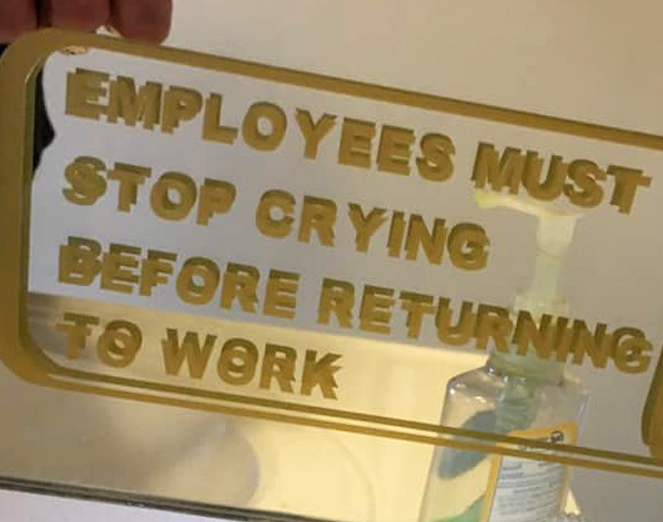It says “Access to this page has been denied” for me, so I’m just going to assume it’s a list of every US city.
In case you actually care to read it.
Full article copied and pasted.
For millions of Americans, the dream of homeownership is becoming increasingly elusive — and in California, the financial barrier is especially high.
A new analysis of housing affordability reveals that the income needed to buy a typical home has soared to nearly $125,000 nationwide — far above the U.S. median household income of $77,719. In California’s most expensive cities, that figure is more than double, and in some cases, more than quadruple.
In San Jose, home to the tech hubs of Silicon Valley, a household needs to earn $547,368 annually to afford a median-priced home, according to a joint analysis by ConsumerAffairs and the Urban Institute.
In Los Angeles, where the median household income is $93,525, buyers must earn $318,103 to afford a home.
Top 10 U.S. metro areas where residents need the highest incomes to afford a home (ConsumerAffairs):
San Jose, CA – $547,368 San Francisco, CA – $386,359 Santa Cruz, CA – $377,260 Santa Maria, CA – $324,300 Los Angeles, CA – $318,103 San Diego, CA – $310,119 San Luis Obispo, CA – $293,793 Oxnard, CA – $292,252 Salinas, CA – $279,321 Honolulu, HI – $277,997Experts say a combination of soaring home prices, high interest rates, and stagnant wage growth drives the affordability crisis.
From 2012 to 2024, the typical monthly home payment, including mortgage, insurance, taxes and maintenance, nearly tripled from $1,091 to $2,889. That means a household now needs to earn $123,826 annually to stay within the recommended “28/36” budgeting rule, the study’s authors noted.
“One of the biggest culprits for rising house prices is the lack of affordable housing supply,” said Katie Visalli, a research analyst at the Urban Institute. “Zoning restrictions and limited new construction have created a bottleneck that’s pushing prices higher and higher.”
The affordability gap has widened dramatically since 2020.
In just four years, the income needed to afford a home has jumped by nearly $57,000, an increase of more than 85%, the study found.
Meanwhile, the share of homes affordable to a family earning $75,000 has plummeted to just 21%, down from 49% before the pandemic, according to the National Association of Realtors.
For many renters, the biggest hurdle to becoming a homeowner remains the dreaded down payment, typically 3% to 20% of the sale price. Still, experts say the down payment is just the starting point.
“If you’re getting ready to apply for a mortgage, you need to know exactly how much you can afford each month — not just the loan, but insurance, taxes, and maintenance,” Visalli said.
Thanks for that - even though it was utterly depressing!
I live in the North of England, near Manchester, so I know our house prices are more reasonable than some other places, but I wasn’t expecting that I’d need to earn the value of our house annually to get a mortgage in San Jose. That’s crazy!



